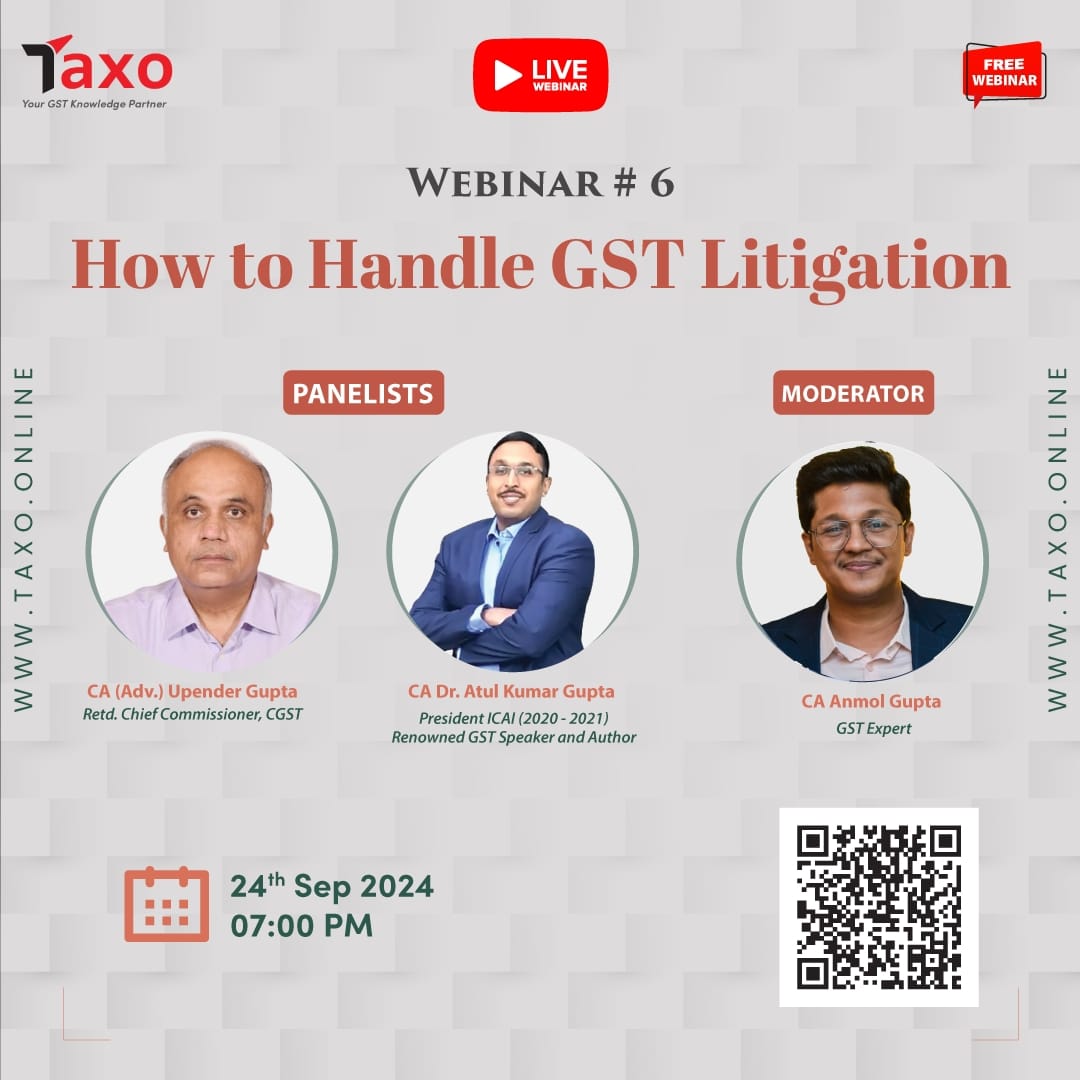 E-Invoice Glossary: The process of registering and enabling a taxpayer for e-Invoicing on the GST portal, allowing them to report e-Invoices on any of the six IRPs. Taxpayers are automatically enabled for e-Invoicing based on AATO but if not enabled they need to be self-enabled on the portal (https://einvoice.gst.gov.in)
E-Invoice Glossary: The process of registering and enabling a taxpayer for e-Invoicing on the GST portal, allowing them to report e-Invoices on any of the six IRPs. Taxpayers are automatically enabled for e-Invoicing based on AATO but if not enabled they need to be self-enabled on the portal (https://einvoice.gst.gov.in)
AATO (Annual Aggregate Turnover): AATO (Annual Aggregate Turnover) for e-Invoicing is calculated based on the PAN of a taxpayer and the information provided in their GSTR-3B returns. It represents the total turnover of the taxpayer during a financial year and is used to determine the applicability of e-Invoice reporting requirements.
B2B Invoices: These are invoices issued in a business-to- business transaction. E-invoicing requirements in India currently apply to B2B invoices for certain taxpayers, based on their annual turnover.
Step by Step Guide:
Step 1: Enablement for e-Invoicing:
- All taxpayers who are eligible for the e-Invoicing, as per the Government notifications are automatically enabled for reporting of e-Invoices on any of the six authorized IRP portals.
- The enablement status can be checked at https://einvoice.gst.gov.in .
- If an eligible taxpayer is not enabled for e-Invoice, they can get self-enabled at https://einvoice.gst.gov.in .
- Please note that the enablement status on the e-Invoice portal doesn’t automatically mean that a taxpayer is legally obligated to do e-Invoicing. The ‘enablement’ is primarily to ensure only the taxpayers having notified turnover limits are able to register and test/report invoices on IRPs.
Step 2: Register on any of the six Invoice Registration Portals: The Invoice Registration Portal (IRP) is the website for uploading/reporting invoices by the notified persons. Currently, six IRP portals have been notified for reporting the invoice. These six active Invoice Registration Portals (IRPs) offer services for reporting e-Invoices and generating Invoice Reference Numbers (IRN), free of charge.
The list of authorized portals is as follows:
https://einvoice1.gst.gov.in https://einvoice4.gst.gov.in
https://einvoice2.gst.gov.in https://einvoice5.gst.gov.in
https://einvoice3.gst.gov.in https://einvoice6.gst.gov.in
Enabled taxpayers must register on any of the six IRPs before they can start reporting e-invoices. This onboarding process involves a one-time verification of the taxpayer’s registered mobile number and email through an OTP.
Upon successful validation, login credentials for the IRP portal are created, and the taxpayer is ready to report e-invoices.
Step 3 & 4: Reporting and Auto-population of e-Invoice:
- To receive an Invoice Reference Number (IRN) for their e- Invoices, taxpayers must report the data of e-invoices on the IRP portal using the predefined INV-01 schema in a JSON format.
- Most IRPs provide functionalities for reporting e-Invoices via offline tool, online web tool, Mobile App and API-based methods.
- The schema and the portal have built-in validations to prevent duplicate reporting and other checks.
- Upon successful validation, a signed e-invoice, carrying a unique IRN and a QR code, is returned to the taxpayer.
- A copy of this invoice is then shared with the GST system for auto-population in the supplier’s GSTR-1 return.
- Issue e-Invoice with IRN details to buyer.
Source: GSTN
The Advisory can be accessed at https: https://www.gst.gov.in/newsandupdates/read/598


